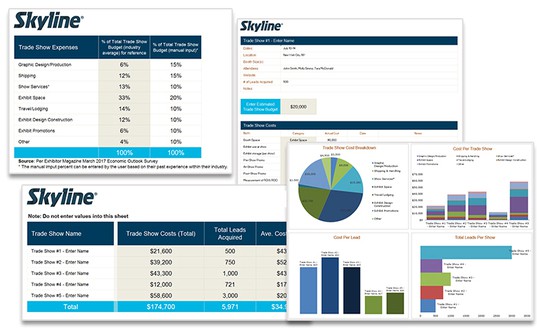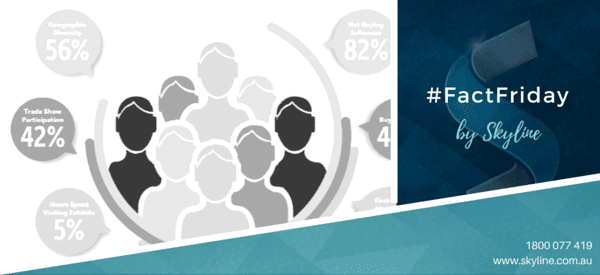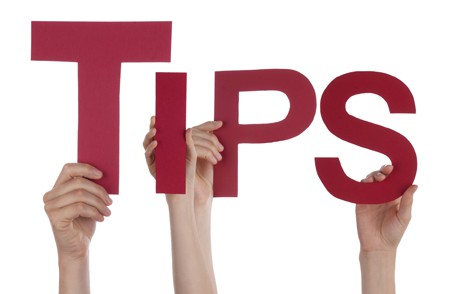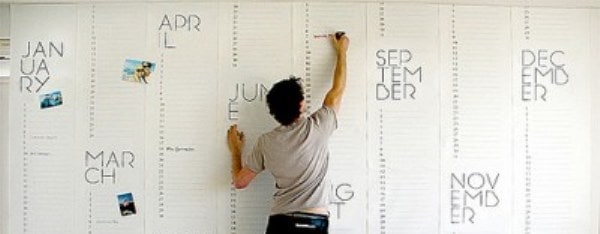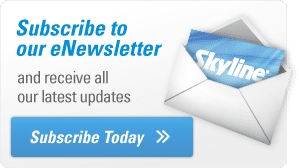Trade shows and events are a ton of work. And you know that there is value in attracting new clients, nurturing current clients, creating awareness for the brand and your products. Yet “knowing” this based on your own personal experiences at the show or instincts is not enough. You need to prove to your managers and company leadership that the money invested to make it all happen resulted in enough revenue to at the very least offset the cost and ideally generate incremental revenue. After all, we are not doing this for the “fun” of it, right? We plan and execute events so we can make more money.
Finding out the costs of your event is relatively easy. When you create your budget, ensure that you have a method to keep track of what accounts actual expenses will be charged to, so you can note the actual costs that were charged after the event. It can be surprising to see how one, presumably minor, delay can significantly increase final costs.
After totaling up the costs comes the hard part, figuring out what you gained from your event participation. Thankfully, there are new tools available to help you better capture data you can use to calculate, or at the very least estimate, the real benefits your company received from an event.
Here are some of those tools available to you:
- Lead capturing applications – These tools, whether rented them from the show or some of the many options available via vendors online, enable you to gather lead information more effectively and to be able to download the data into your lead management system or CRM. Use them to properly capture key prospect information including answers to qualifying questions that will enable marketing and sales to determine if they are a good prospect and how interested they are or might be in your products or services. Make sure that you have fields in your lead management and CRM to capture the data you get at the show. Here is a link to an article about some top lead capturing apps.
- Lead management software – Examples of this type of software include; Pardot, Marketo, Eloqua, and ActOn. With this software, you can import and tag all leads based on what show you obtained them from or nurtured them at. You can use it to create email templates that can be personalised for follow ups after the event based on information requested, activity, participation or questions answered.
- Customer Relationship Management (CRM) system – Examples most commonly used include; Salesforce, Oracle, Microsoft Dynamics, and Sales Navigator. These are often bundled with lead management software. This is the database system that allows sales team members to keep track of which leads they contacted, who made a purchase and when to get back to people. However, even with these tools you, as the marketer, need to follow up and either get access to this data or request downloads from sales for each of the events you planned or shows you attended. You will need to explain what the benefit is of this data. Make sure to let sales know that you will share your results with them once the analysis is done.
- Spreadsheets – While in the ideal world we all have access to real sales data you may be in a situation where you don’t have access to the final sales results that take place after you distribute trade show leads. In this case, you may need to resort to estimating your sales. You can start with a conversation with a sales manager and find out the average percentage of leads that are closed in the department you got leads for at that time you can also get average sales value. Obviously, the more detailed information the better. For example, if they say that the group closes 30% of their leads and that the average sale is $10,000 and you gave them 100 leads you can estimate that the value of those leads is approximately $300,000. You should also find out the length of the sales cycle. Will it take them a month, a year or longer to close those sales? You can then compare the cost of each show with the estimated revenue generated from that show. Here is a simple spreadsheet that can help get you started.
Also, keep in mind that there are benefits to the trade show that may not come directly from sales obtained from trade show leads. Examples of those are; brand awareness created by show publicity or social media associated with the show, actionable client feedback received, staffer learning obtained about the industry and clients during the show.
How do you measure the results of your show presence? If you exhibit at more than one show do you compare the results of each show? Request Skyline’s Trade Show Program Comparison tool to track costs, identify new sales opportunities, and more!
About the Author:
Sofia is the Customer Engagement and Industry Relations Manager for Skyline Exhibits. An experienced marketing professional with branding, innovation and product commercialization expertise, she heads up Skyline’s marketing efforts in customer engagement, exhibitor education, industry relations and market research.

